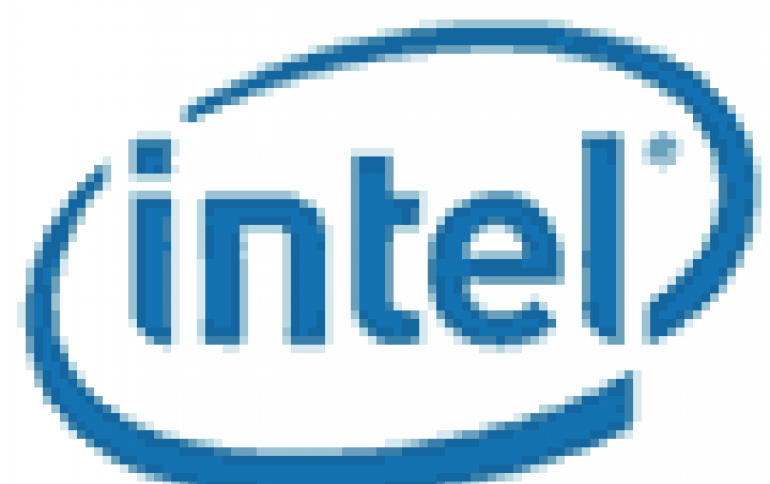
Intel Enables WiMAX Networks with New Baseband Card
Intel today unveiled a new baseband card that helps speed the creation of WiMAX base stations.
The Intel NetStructure WiMAX Baseband Card is Intel?s first integrated hardware and software platform for transport, control and baseband processing in a standards-based Advanced Mezzanine Card (AdvancedMC) form factor. The new Intel card enables equipment manufacturers to accelerate time to market and reduce development and lifecycle management costs when building WiMAX base stations.
During WiMAX World today in Boston, the company also announced the availability of the Intel WiMAX Connection 2250, Intel?s next-generation system-on-chip and first designed to support mobile networks and previously supported fixed networks.
Ideal for wireless broadband solutions for business and residential access, the new Intel card is the first standards-based WiMAX baseband module built to the AdvancedMC specification that includes Open Base Station Architecture Initiative (OBSAI) interfaces and a full Media Access Controller (MAC) and Physical Layer (PHY) solution. It also features the Intel IXP2350 network processor, scheduling and control software and is fully upgradeable from fixed to mobile WiMAX applications.
The Intel NetStructure WiMAX Baseband Card allows manufacturers to create base stations with a small footprint and have the flexibility to expand the solution as requirements grow. Its compact form factor is well suited for space-constrained environments, and the low-power profile enables equipment cooling costs savings. The typical power consumption for a three-sector base station based on the product with a 2 km coverage radius is 400 watts, while traditional cellular technology would draw nearly 3,000 watts to provide the same coverage. The low-power profile of the Intel NetStructure WiMAX Baseband Card makes it possible to create a base station that runs on such alternate energy sources as solar power.
The product delivers production hardware and production software, and is interoperable with WiMAX client devices, including the Intel PRO/Wireless 5116 broadband interface. For every other part of the base station, customers are able to choose from a growing ecosystem of equipment suppliers. Intel is working with many companies, including Alliance Systems, Celestica and Motorola, to ensure all the building blocks needed for a WiMAX base station are available in the marketplace.
The Intel NetStructure WiMAX Baseband Card is planned to be available in December and will cost $3,500.
During WiMAX World today in Boston, the company also announced the availability of the Intel WiMAX Connection 2250, Intel?s next-generation system-on-chip and first designed to support mobile networks and previously supported fixed networks.
Ideal for wireless broadband solutions for business and residential access, the new Intel card is the first standards-based WiMAX baseband module built to the AdvancedMC specification that includes Open Base Station Architecture Initiative (OBSAI) interfaces and a full Media Access Controller (MAC) and Physical Layer (PHY) solution. It also features the Intel IXP2350 network processor, scheduling and control software and is fully upgradeable from fixed to mobile WiMAX applications.
The Intel NetStructure WiMAX Baseband Card allows manufacturers to create base stations with a small footprint and have the flexibility to expand the solution as requirements grow. Its compact form factor is well suited for space-constrained environments, and the low-power profile enables equipment cooling costs savings. The typical power consumption for a three-sector base station based on the product with a 2 km coverage radius is 400 watts, while traditional cellular technology would draw nearly 3,000 watts to provide the same coverage. The low-power profile of the Intel NetStructure WiMAX Baseband Card makes it possible to create a base station that runs on such alternate energy sources as solar power.
The product delivers production hardware and production software, and is interoperable with WiMAX client devices, including the Intel PRO/Wireless 5116 broadband interface. For every other part of the base station, customers are able to choose from a growing ecosystem of equipment suppliers. Intel is working with many companies, including Alliance Systems, Celestica and Motorola, to ensure all the building blocks needed for a WiMAX base station are available in the marketplace.
The Intel NetStructure WiMAX Baseband Card is planned to be available in December and will cost $3,500.





















